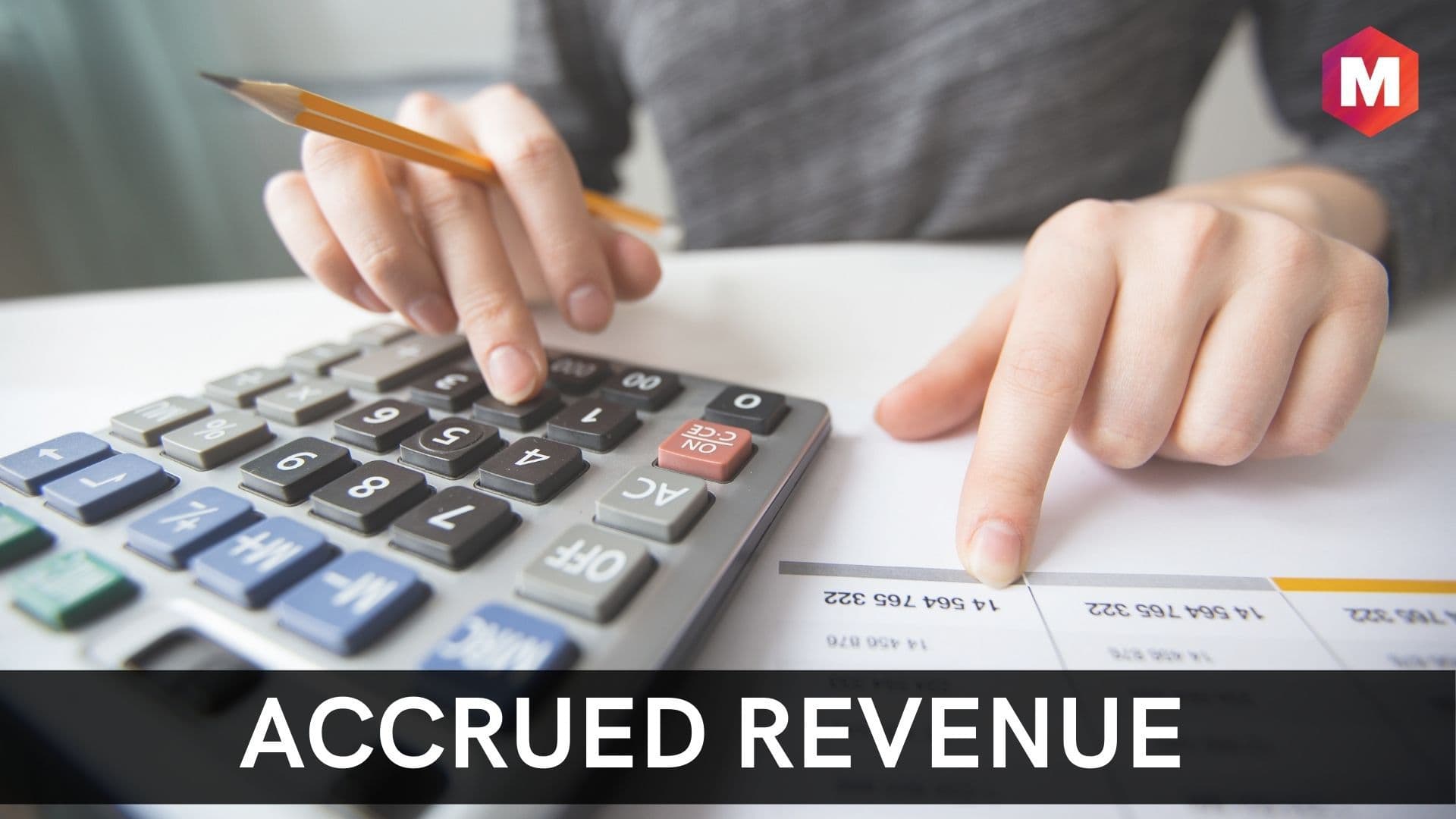
Single Entry System - Types and Benefits | Marketing91
Single Entry System – Types and Benefits
In a single entry system of accounting, there occurs one entry for one transaction, either it is an income or expense account. A cash book is one of the most common single-entry bookkeeping.
Accounting involves the methods of recording and classification of financial transactions measurable in monetary terms. These are then studied and reported to analyze the strength of the account.
Two main techniques of accounting are – Single-Entry and Double-Entry Bookkeeping.
Unlike the Double-Entry system, this only records only one entry per transaction using simple methods.
The entries mostly record incoming or outgoing funds in a cash-book — a journal with columns like date, description, and expenditure/income.
Table of Contents
What is a single entry system?
Single-Entry bookkeeping is an accounting technique that records the transaction in a single account only.
It is what a person does while writing checkbooks or depositing in a single account or register. The income and expenses are recorded only once, and thus the name Single-Entry Bookkeeping.
Although this technique is a lot easier than the Double-entry system, it does not capture all its finances.
Here, all the transactions are recorded under one log. This technique has information enough only for preparing tax reports at the end of the year.
It is seen as an ‘incomplete’ financial method by the financial experts. Only small businesses or entities with low transactional values can operate on a single entry system.
There is a lot of skepticism attached to this method, as it only records the company’s inflows and outflows. There is more susceptibility to error, fraud, and reduced transparency in this technique than double-entry accounting.
Let us now go through different types of Single Entry Accounting System
Types of Single Entry System
1. Pure Single Entry
In this type of Single Entry Bookkeeping, no information about the sales, bank balance, purchases, and cash are included. Just personal accounts are incorporated into this.
It is not considered practical as it is inefficient in having information about daily transactions or cash.
2. Simple Single Entry
Simple Single Entry Account takes its inspiration from a Double Entry system. It includes two accounts- Personal and Cash accounts. Just these two accounts are used for entries.
3. Quasi Single Entry
Along with personal and cash accounts, some of the other subsidiary accounts are also maintained in the Quasi Entry system. It may include sales, bill books, purchases accounts, discounts, wages, salaries, rent, etc. It is considered as a substitute for the double-entry accounting system.
Single-Entry Bookkeeping in Action
The technique to record transactions under a single entry system is straightforward.
The spreadsheet generally involves barely three columns, the date, the nature of the transaction, and any income or expense.
DATEDESCRIPTIONAMOUNT01.01.20Initial BalanceRupees 50,00004.01.20Electricity BillRupees -(5.000)09.01.20House Rent ReceivedRupees +(10,00015.01.20Bought a new shoe rackRupees -(2,500)20.01.20Remaining BalanceRupees 52,500/-
Here, the initial balance is written at the top. Following that, all the expenses and income is recorded with the date.
The negative sign indicates outflow, and the positive sign shows inflow. In the end, the remaining balance is calculated on the desired date.
Let us have a look at different columns that a Single Entry Cashbook may have
Example of a Cashbook
You must have seen your Cashbook; it has different columns like-
1. The Date
It includes the date of the transaction that you will be able to get off the accounting source documents.
2. Description
This column includes a brief description of the transaction. Without overdoing, you should include information that you consider necessary.
3. Reference
This column is used for including the reference that you consider helpful in identifying the transaction.
4. Income/Expenses
In this column of Single Entry System, the value associated with the transaction is included. It includes the money that is coming into or going out of the business.
5. Bank Balance
It includes a running balance column that changes every time a transaction enters. It is made after adding the income and subtracting the expenses.
Bank Reconciliation in Checkbooks Entry System
In Bank Reconciliation, the simple spreadsheet can be expanded in a more detailed and comprehensive version.
In this, balances of an entity’s accounting records are matched for a cash account to the associated information on a bank statement.
Here, the different types of expenses are further broken down into different types to better track finances.
The spreadsheet is differentiated into two categories being money-in and money-out.
These details help make the total profit and loss report under the different accounting heads, like sales, marketing, advertisement cost, et cetera.
An income statement is prepared to find out the net profit of the company.
These details can be extended further by the accountants or professional accounting software to prepare a balance-sheet required by the bank.
It becomes important if a business firm wishes to apply for a loan or sell a dying business to a prospective investor who wants to look into the firm’s history of finance.
Benefits of the Single Entry System
One of the most noticeable advantages of Single Entry System is its simplicity to comprehend and calculate the account details.
For an individual starting a business or a small firm with little knowledge of accounting and fewer investments to hire professionals, single-entry accounting can come to the rescue. Only with a disciplined and date-wise record of the company’s transactions can the account be made with few simple calculations.
Another advantage is that the budding start-up or company can cut down additional expenses of investing in costly account software or high-paid CA personnel.
A simple Excel software can do the deed for them.
Disadvantages
There are great drawbacks to a single-entry accounting system—these range from systemic to detailed flaws in recording the transactions.
- Firstly, it does not include account intricacies like inventory, account receivable, or account payable. Due to the loose record of financial transactions, it becomes difficult to convert the firm’s transactional history into a balance sheet for official purposes.
- With this system, it is impossible to track the history of assets and liabilities of the company. It is an issue, especially for large business organizations that invest a lot in infrastructure, advertising, and other intangible costs. The non-monetary costs are not recorded, making it hard to concretize the financial performance of the firm.
- In the long run, if the company wishes to sell itself out to a potent investor, without an overall financial picture, it isn’t easy.
- Some firms run on goodwill and others on futuristic payments. In case the cost of the goods purchased in bulk is paid later, the single entry system is futile. It does not serve the purpose as the dates on inflow and outflow shall not be synonymous.
- With the increased intensity of fraud and manipulation, the ease in tracking those takes an equal dip. It is difficult to point out the mishaps as there are no details available. As there is no trial balance available, the complexities can be compounded at any transaction stage.
Single-Entry vs. Double-Entry – Which system is better?
Single entry system serves the purpose of accounting only if the following conditions are functional:
- The firm runs under an individual proprietorship or a solo entrepreneur.
- Only monetary transactions are involved in simple accounting.
- There are very few assets and ever fewer staff or working professionals.
In the case of an established business with enhanced infrastructure and professional personnel, double-entry bookkeeping suits the purpose. Huge investments by the firms that are non-monetary require a detailed balance-sheet.
Even in a budding start-up, if there is a vision to attract financial investors in the future, double-entry bookkeeping is recommended.
Wrapping Thoughts about the Single Entry System!
Finally, suppose an entity has a futuristic vision for pitching a strong deck for lucrative investments or expanding business in the future. In that case, it is better to opt for double-entry bookkeeping.
In extremely limited resources, the firm can start with single-entry bookkeeping but should consider shifting account practices down the line.










